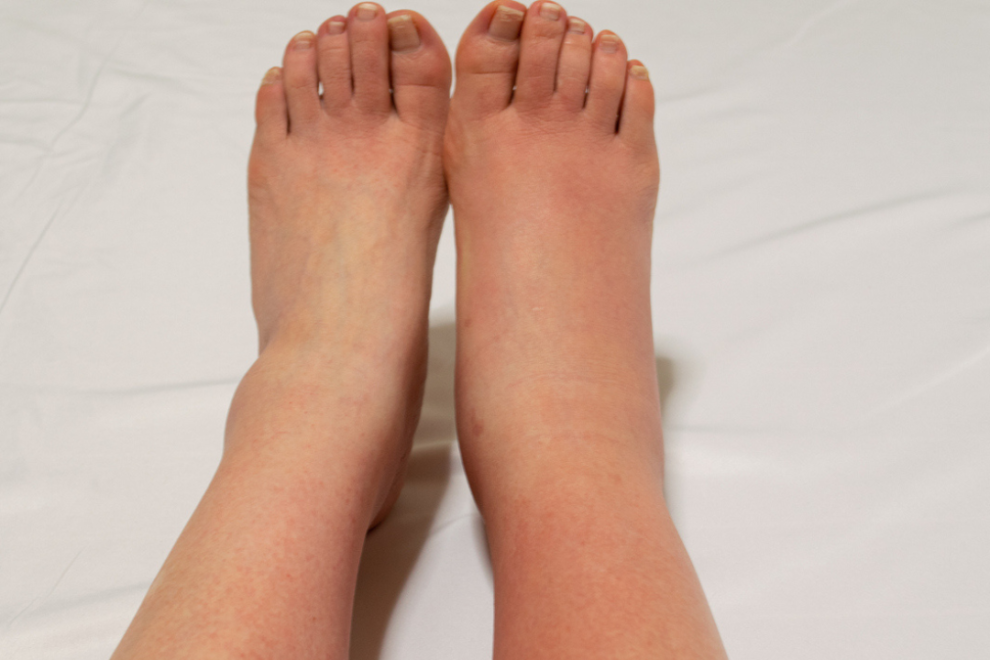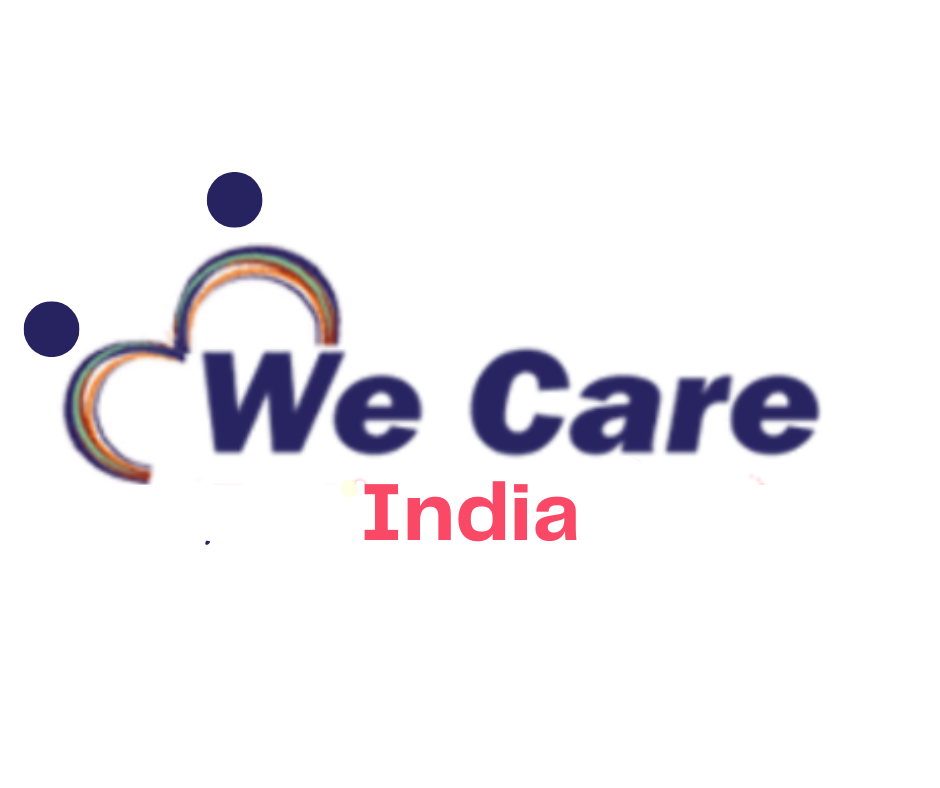Amputation Toe Cost in India: Advanced Surgical Care for Fast Recovery
In India, this procedure is carried out with precision by experienced surgeons, ensuring patient safety and faster recovery.
There is not enough blood getting into your toe to keep it alive. The lack of blood causes severe pain and allows serious infection to take hold. If left untreated, the toe will eventually get necrotic (go dead) and become life threatening.
The only choice is to take off the toe. Sometimes the toe has shriveled up and become a nuisance or more than one toe needs to come off. Sometimes the operation is done at the same time as an operation on the blood vessels.


Free Doctor opinion

Personalized care with a warm interaction with the patient
- Achieving outstanding success rates through our dedicated care approach.
- Equipped with the latest technology to ensure optimal treatment outcomes.
- Our expert team provides exceptional healthcare with experience.
- Offering 24/7 assistance for your health needs and concerns.
- Providing quality treatment at reasonable costs for every patient.
- Contact us Email ID:[email protected]
- Call us: +91 9029304141
The operation in India: Amputation Toe Cost in India
You will probably have a general anaesthetic and be asleep for the whole operation. Sometimes patients are numbed from the waist down with an injection in the back. If the latter takes place, you will be awake. You might feel that ‘something is happening’ in your toe, but you will not feel any pain from the waist down. Your toe is taken off.
The surgeon may need to take off some of the skin from the foot near the toe to help it heal. Usually, the skin can be stitched up over the wound after removing the toe. Sometimes it is better to let the wound heal up by itself without any stitches. This takes three or four weeks, but could be more.
How long you stay in hospital depends very much on your general condition.
Discover toe amputation in India with expert surgical care, affordable treatment, and personalized rehabilitation programs for safe recovery and improved mobility.
Any alternatives ?
- If you leave things as they are, your toe will certainly get worse. Infection may spread to your other toes and foot.
- An operation to bypass or core out your leg arteries to improve the blood supply to the toe will not work in your case.
- Laser treatment and X-ray guided stretching of the arteries will not work for you.
- Injecting the nerve to your blood vessels will not work.
- Antibiotics are not enough by themselves.
- An alternative to a toe amputation is an amputation higher up. This may help the healing process at the cost of loss of part of your limb.
- Amputations through the foot do not heal very much better than toe amputations, but an amputation just below your knee would heal very well. Overall, your best plan is a toe amputation at first.
Before the operation
- Stop smoking and try to get your weight down if you are overweight.
- If you know that you have problems with your blood pressure, heart, or lungs, ask your family doctor to check that these are under control.
- Check the hospital’s advice about taking the Pill or hormone replacement therapy (HRT).
- Check you have a relative or friend who can come with you to the hospital, take you home, and look after you for the first week after the operation.
- Sort out any tablets, medicines, inhalers that you are using. Keep them in their original boxes and packets. Bring them to the hospital with you.
- On the ward, you will be checked for past illnesses and will have special tests to make sure that you are well prepared and that you can have the operation as safely as possible.
After – in hospital
You may be given oxygen from a face mask for a few hours if you’ve had chest problems in the past. There may have some discomfort on moving rather than severe pain. You will be given injections or tablets to control this as required. Ask for more if the pain is not well controlled or if it gets worse.
Many hospitals are now using PCA (patient controlled analgesia). By pressing a button on a device you can inject painkillers into your bloodstream through a very fine plastic tube that goes into one of the small blood vessels (veins) in your hand. A small computer controls the amount of painkiller that is released and prevents any accidental overdose.
Alternatively, you may have a fine tube in your back through which pain relief can be given to help control the pain. A general anesthetic will make you slow, clumsy and forgetful for about 24 hours. The nurses will help you with everything you need until you are able to do things for yourself. Do not make important decisions during this time.
Possible complications
If you have this operation under general anaesthetic, there is a risk of complications related to your heart and lungs. The tests that you have before the operation will ensure that you have the operation in the safest possible way to reduce the chances of such complications.
The chances for heart or lung complications are higher for elderly people with other health problems such as diabetes, or disease of the arteries that feed the heart with blood.
It is important to have the operation as soon as possible. If you delay things then the condition of your toe will get worse and it might get infected and become necrotic. This can make you very ill and significantly increase the chances of complications because of the anesthetic or the operation. If you have an anesthetic injection in the back, there is a very small chance of a blood clot forming on top of your spine. This can cause a feeling of numbness or pins and needles in your legs. The clot usually dissolves on its own and this solves the problem. Extremely rarely the injections can cause permanent damage to your spine.
Chest infections may arise, particularly in smokers or obese patients. Do not smoke. Being as mobile as possible and cooperating with the physiotherapists to clear the air passages is important in preventing a chest infection.
Another possible complication is the formation of clots in the deep veins (draining pipes for the blood) of your legs (deep vein thrombosis or DVT). Although this complication happens more frequently when the leg is amputated either above or below the knee, it can also happen after a toe amputation, especially if you stay in the hospital longer than expected and you are not particularly mobile.
A piece of one of these clots can get detached and travel to your lungs. There it can cause partial or complete obstruction of the blood vessels in the lungs, which can be lethal. You will be given injections of blood thinners (heparin) after the operation to prevent a DVT. In addition, being as mobile as possible and co-operating with the nurses and physiotherapists after the operation are very important in preventing a DVT.
Slow healing is a possibility and this will be apparent within the first week or two. The doctors will discuss this with you. Studies show that the chances of complete healing after a toe amputation are 40 to 60 per cent.
Read Also :-
- Stenting for GI Tract Surgery: A Minimally Invasive Solution in Digestive Health
- ACL Reconstruction Surgery in India: Advanced Knee Injury Treatment
- Knee Amputation in India: Advanced Surgery and Rehabilitation Services
- Advanced Spondylosis Surgery in India: Procedures, Costs & Leading Hospitals
- Stenting for GI Tract Surgery: A Minimally Invasive Solution in Digestive Health
Committed To Build Positive, Safe, Patient Focused Care.
High Quality
Care
Home Review
Medicine
All Advanced
Equipment
Book An Appointment

At We Care India, we offer complete medical services for your entire family, from routine check-ups to injury care, ensuring personalized attention and expert assistance for all your health needs.


